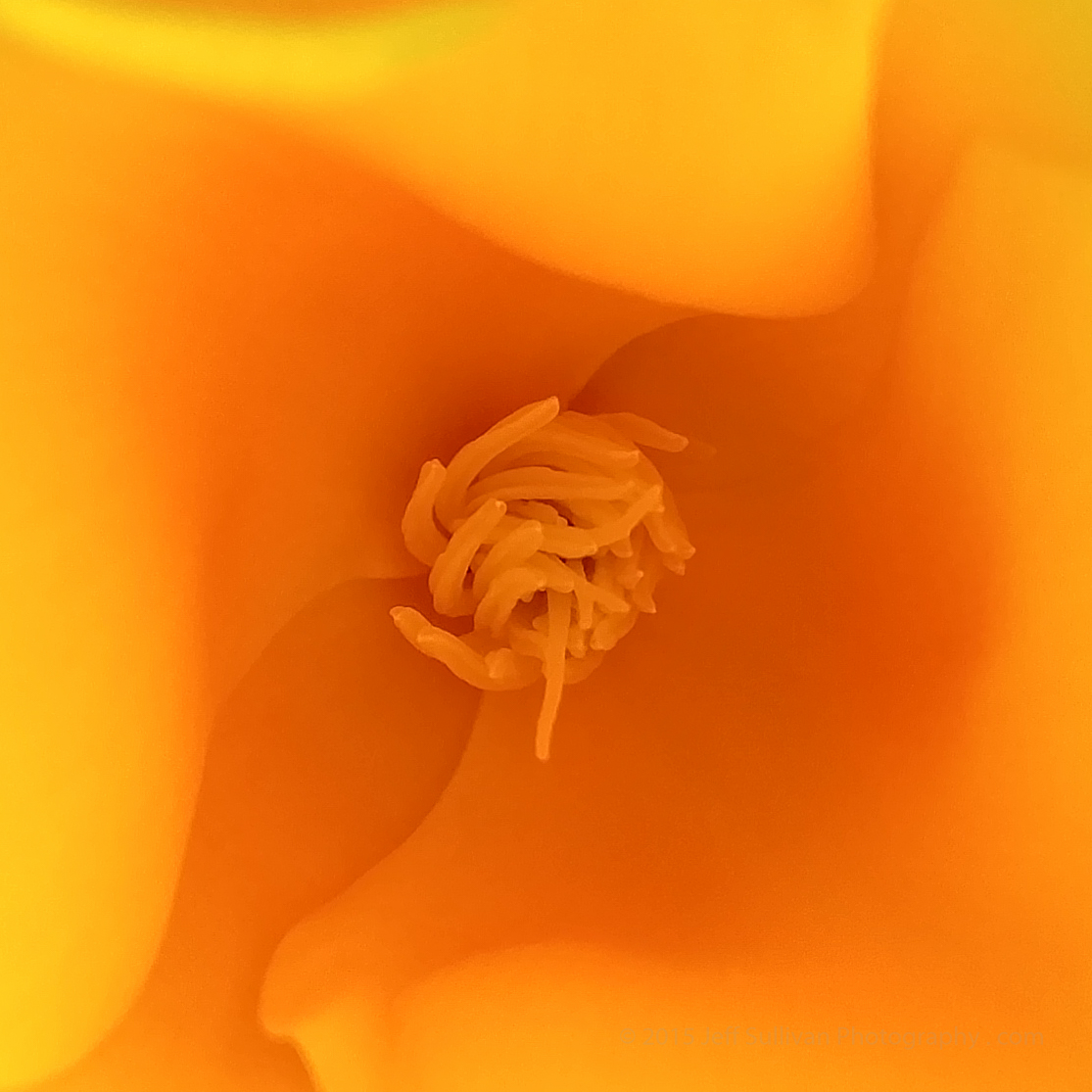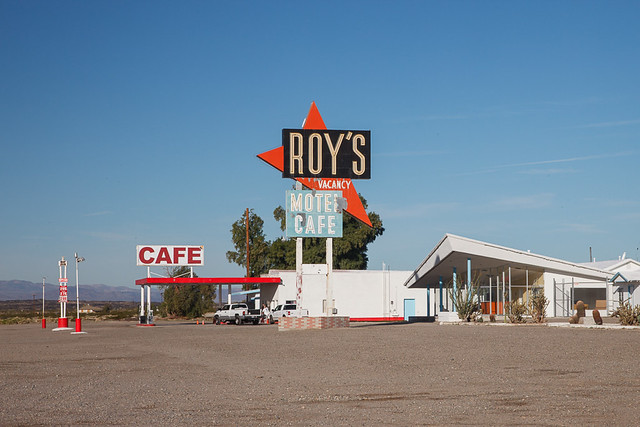 |
| Pre-dawn light at the bullwheel |
 |
| First light on Main Street |
So what's a photography workshop in Bodie like? Let's go through the approximate schedule for this coming Sunday. This will be our first one where doing interiors in the morning and night access that same night, so we'll give everyone a card-clearing, battery charging siesta from roughly 1-4 pm.
The temperature is forecast to be 35 when we arrive, with:
"A slight chance of showers, then a chance of showers and thunderstorms after 11am. Partly sunny, with a high near 53. North wind 5 to 10 mph. Chance of precipitation is 30%."
4:45 am - Turn up Bodie Road where it meets Hwy 395. Don't be late (watch for deer).
5:15 am sharp - Meet at gate, south end of town. Sunset sky color may be underway!
5:39 am - theoretical sunrise time in Bodie (zero degree horizon).
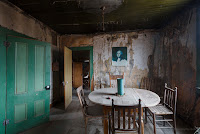
We'll start to enter buildings as soon as it's light enough: Boone General Store, Wheaton & Hollis Hotel, Sam Leon Bar & barber shop, Lottie Johl House, morgue, shoolhouse, Dechambau Hotel, IOOF Hall, and various residences as time permits. Our record so far is 14 buildings. Sample interior photos.
6:00 am - sunlight gradually reaches the buildings as the sun bathes them with golden hour light. Divide your time in and out of buildings.
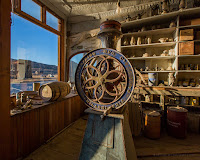 6:40 am - end of the best golden hour light.
6:40 am - end of the best golden hour light.9:00 am - the public enters the park.
11:52 am - moonrise, 41% full (we won't see it for another 20 minutes).
12:00 noon - end of interior access.
--------
 |
| Virginia Creek Settlement |
--------
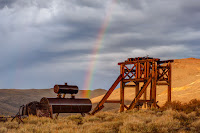 4:30 - 5:30 pm - optional dinner at Virginia Creek Settlement restaurant, just north of Bodie Road, to discuss your experience, goals, gear, techniques.
4:30 - 5:30 pm - optional dinner at Virginia Creek Settlement restaurant, just north of Bodie Road, to discuss your experience, goals, gear, techniques. Bring a waterproof layer with you back to Bodie, just in case:
"A 30 percent chance of showers and thunderstorms before 11pm. Partly cloudy, with a low around 38. North wind 5 to 10 mph."
With 10 MPH winds, 38 would feel like 28, so bring a warm hat and gloves!
5:30 pm - turn up Bodie Road where it meets Hwy 395.
6:00 pm - meet at front gate, then we'll park, move gear to a meeting room, have a quick safety talk, then go shoot. Sample Bodie night photos.
7:00 pm - the golden hour light will only get better until it leaves town around 7:45.
7:45 pm - approximate last direct sunlight in town.
8:07 pm - sunset time in Bodie (zero degree horizon).
8:27 pm - best sunset sky color in Bodie, give or take a few minutes
Enjoy blue hour light until 9:10 or so. If some of the clouds stick around from the afternoon, blue hour may be spectacular.
 |
| Late blue hour with moonlight |
9:58 pm - end of astronomical twilight, sky fully dark
Shoot star trails, light painting, night panoramas, Camelopardalid meteor shower (weak).
Comet Lovejoy will be near the North Star Polaris on this night, so we might not need star-tracking mounts to catch a shot of it with a long lens! The sky hasn't been clear this week for me to see how bright (or dim) it is, but we'll know where to find it quickly.
 |
| Iridium flare |
12:54 am - moonlight leaves town (approximate) as moon dips below hills.
1:00 am exit park (watch for deer on the drive out).
--------
1:14 am theoretical moon set time in Bodie (zero degree horizon). (The Milky Way will become more visible, but if you want a parting shot, you'll have to catch it from outside of the park land.)
It's going to be a long day, but we should have a lot of great photographic opportunities!
 |
| Light Painting in Bodie in the moonlight. |















